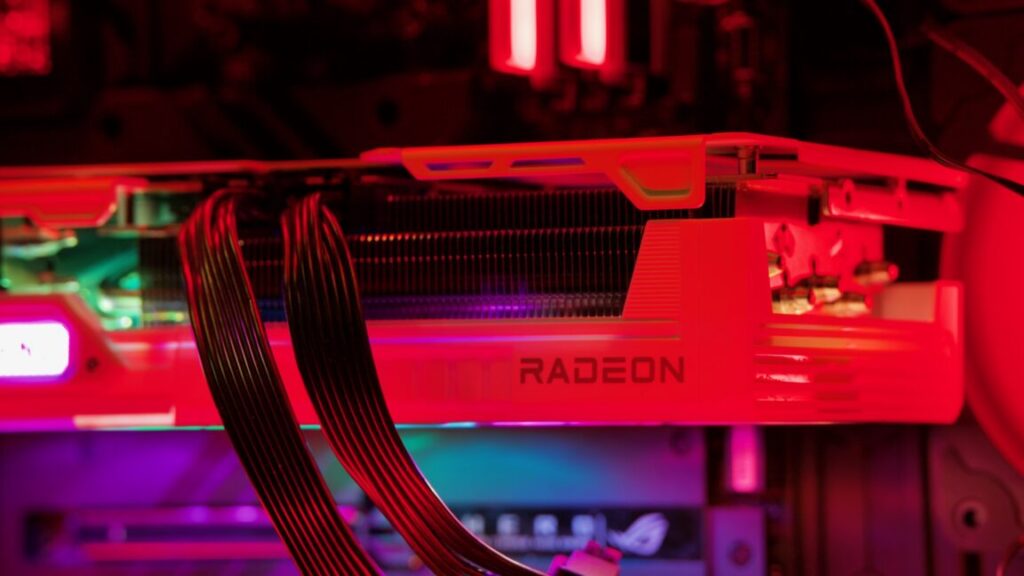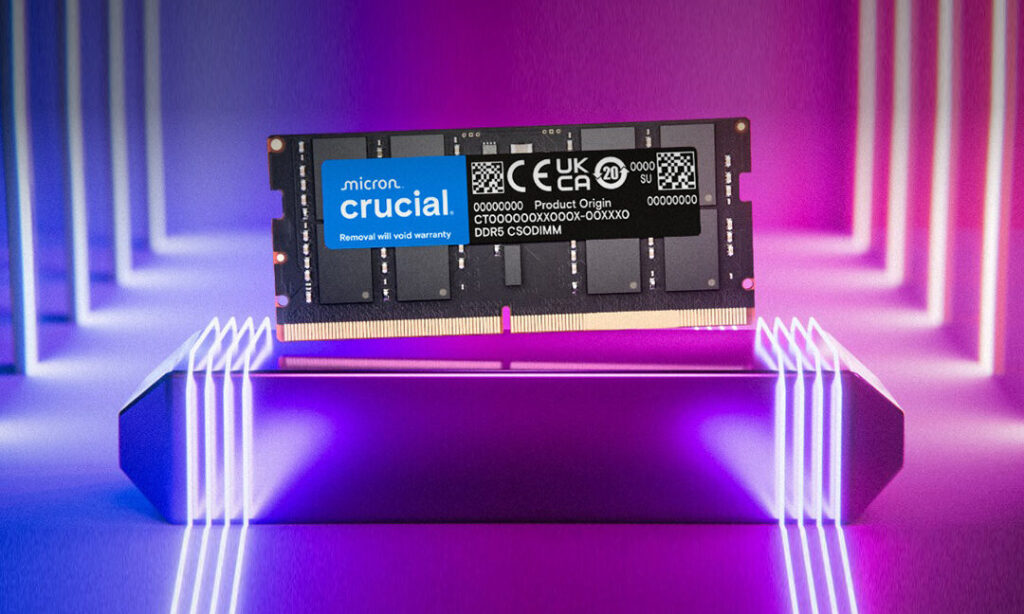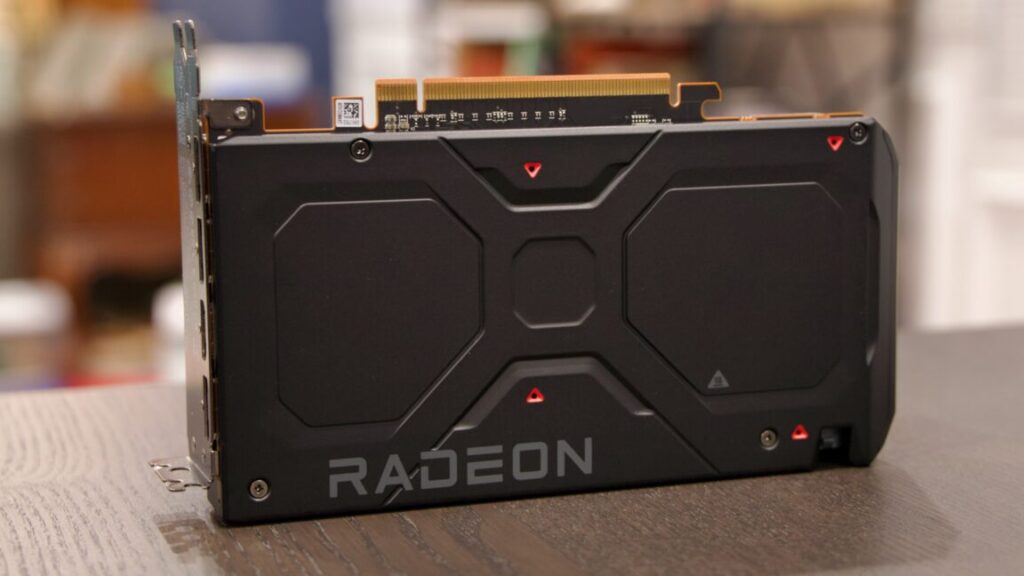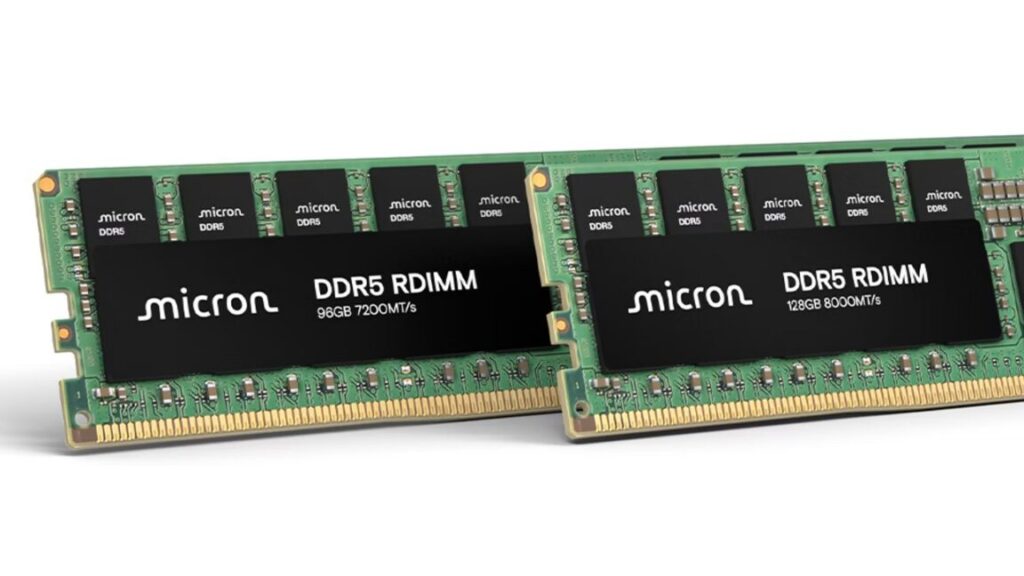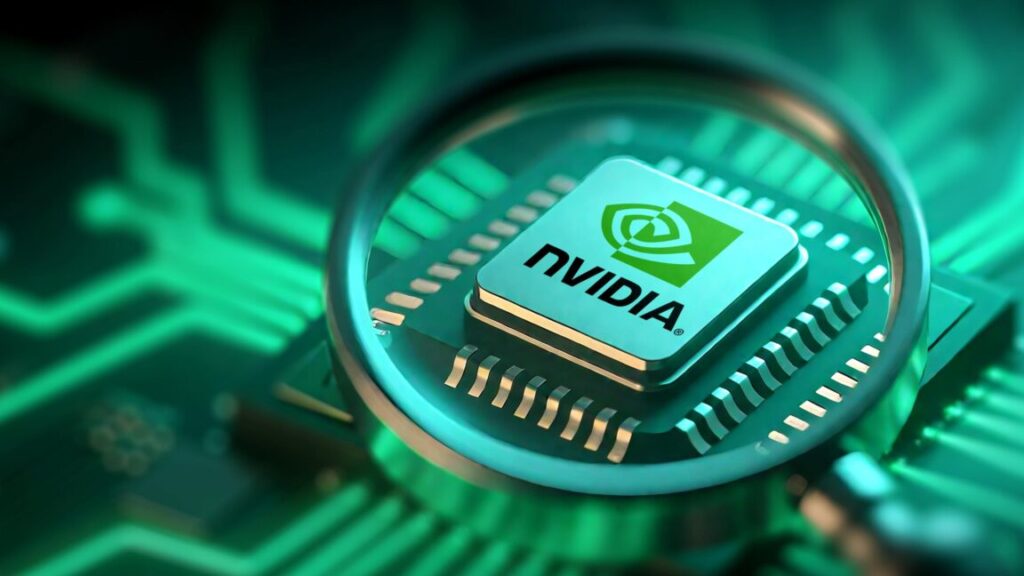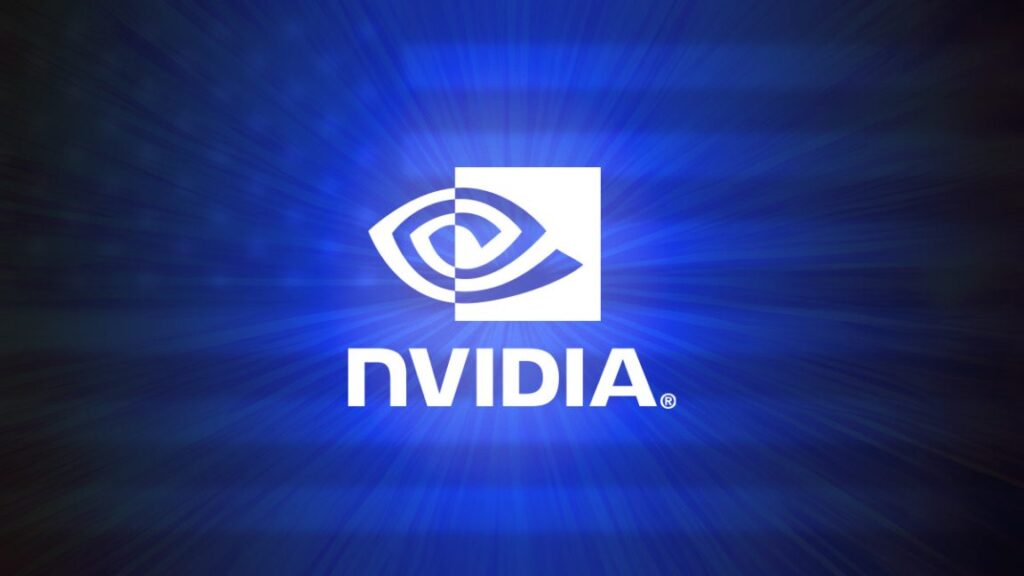US taking 25% cut of Nvidia chip sales “makes no sense,” experts say
Trump’s odd Nvidia reversal may open the door for China to demand Blackwell access.
Donald Trump’s decision to allow Nvidia to export an advanced artificial intelligence chip, the H200, to China may give China exactly what it needs to win the AI race, experts and lawmakers have warned.
The H200 is about 10 times less powerful than Nvidia’s Blackwell chip, which is the tech giant’s currently most advanced chip that cannot be exported to China. But the H200 is six times more powerful than the H20, the most advanced chip available in China today. Meanwhile China’s leading AI chip maker, Huawei, is estimated to be about two years behind Nvidia’s technology. By approving the sales, Trump may unwittingly be helping Chinese chip makers “catch up” to Nvidia, Jake Sullivan told The New York Times.
Sullivan, a former Biden-era national security advisor who helped design AI chip export curbs on China, told the NYT that Trump’s move was “nuts” because “China’s main problem” in the AI race “is they don’t have enough advanced computing capability.”
“It makes no sense that President Trump is solving their problem for them by selling them powerful American chips,” Sullivan said. “We are literally handing away our advantage. China’s leaders can’t believe their luck.”
Trump apparently was persuaded by Nvidia CEO Jensen Huang and his “AI czar,” David Sacks, to reverse course on H200 export curbs. They convinced Trump that restricting sales would ensure that only Chinese chip makers would get a piece of China’s market, shoring up revenue flows that dominant firms like Huawei could pour into R&D.
By instead allowing Nvidia sales, China’s industry would remain hooked on US chips, the thinking goes. And Nvidia could use those funds—perhaps $10–15 billion annually, Bloomberg Intelligence has estimated—to further its own R&D efforts. That cash influx, theoretically, would allow Nvidia to maintain the US advantage.
Along the way, the US would receive a 25 percent cut of sales, which lawmakers from both sides of the aisle warned may not be legal and suggested to foreign rivals that US national security was “now up for sale,” NYT reported. The president has claimed there are conditions to sales safeguarding national security but, frustrating critics, provided no details.
Experts slam Nvidia plan as “flawed”
Trump’s plan is “flawed,” The Economist reported.
For years, the US has established tech dominance by keeping advanced technology away from China. Trump risks rocking that boat by “tearing up America’s export-control policy,” particularly if China’s chip industry simply buys up the H200s as a short-term tactic to learn from the technology and beef up its domestic production of advanced chips, The Economist reported.
In a sign that’s exactly what many expect could happen, investors in China were apparently so excited by Trump’s announcement that they immediately poured money into Moore Threads, expected to be China’s best answer to Nvidia, the South China Morning Post reported.
Several experts for the non-partisan think tank the Counsel on Foreign Relations also criticized the policy change, cautioning that the reversal of course threatened to undermine US competition with China.
Suggesting that Trump was “effectively undoing” export curbs sought during his first term, Zongyuan Zoe Liu warned that China “buys today to learn today, with the intention to build tomorrow.”
And perhaps more concerning, she suggested, is that Trump’s policy signals weakness. Rather than forcing Chinese dependence on US tech, reversing course showed China that the US will “back down” under pressure, she warned. And they’re getting that message at a time when “Chinese leaders have a lot of reasons to believe they are not only winning the trade war but also making progress towards a higher degree of strategic autonomy.”
In a post on X, Rush Doshi—a CFR expert who previously advised Biden on national security issues related to China—suggested that the policy change was “possibly decisive in the AI race.”
“Compute is our main advantage—China has more power, engineers, and the entire edge layer—so by giving this up, we increase the odds the world runs on Chinese AI,” Doshi wrote.
Experts fear Trump may not understand the full impact of his decision. In the short-term, Michael C. Horowitz wrote for CFR, “it is indisputable” that allowing H200 exports benefits China’s frontier AI and efforts to scale data centers. And Doshi pointed out that Trump’s shift may trigger more advanced technology flowing into China, as US allies that restricted sales of machines to build AI chips may soon follow his lead and lift their curbs. As China learns to be self-reliant from any influx of advanced tech, Sullivan warned that China’s leaders “intend to get off of American semiconductors as soon as they can.”
“So, the argument that we can keep them ‘addicted’ holds no water,” Sullivan said. “They want American chips right now for one simple reason: They are behind in the AI race, and this will help them catch up while they build their own chip capabilities.”
China may reject H200, demand Blackwell access
It remains unclear if China will approve H200 sales, but some of the country’s biggest firms, including ByteDance, Tencent, and Alibaba, are interested, anonymous insider sources told Reuters.
In the past, China has instructed companies to avoid Nvidia, warning of possible backdoors giving Nvidia a kill switch to remotely shut down chips. Such backdoors could potentially destabilize Chinese firms’ operations and R&D. Nvidia has denied such backdoors exist, but Chinese firms have supposedly sought reassurances from Nvidia in the aftermath of Trump’s policy change. Likely just as unpopular with the Chinese firms and government, Nvidia confirmed recently that it has built location verification tech that could help the US detect when restricted chips are leaked into China. Should the US ever renew export curbs on H200 chips, adopting them widely could cause chaos in the future.
Without giving China sought-after reassurances, Nvidia may not end up benefiting as much as it hoped from its mission to reclaim lost revenue from the Chinese market. Today, Chinese firms control about 60 percent of China’s AI chip market, where only a few years ago American firms—led by Nvidia—controlled 80 percent, the Economist reported.
But for China, the temptation to buy up Nvidia chips may be too great to pass up. Another CFR expert, Chris McGuire, estimated that Nvidia could suddenly start exporting as many as 3 million H200s into China next year. “This would at least triple the amount of aggregate AI computing power China could add domestically” in 2026, McGuire wrote, and possibly trigger disastrous outcomes for the US.
“This could cause DeepSeek and other Chinese AI developers to close the gap with leading US AI labs and enable China to develop an ‘AI Belt and Road’ initiative—a complement to its vast global infrastructure investment network already in place—that competes with US cloud providers around the world,” McGuire forecasted.
As China mulls the benefits and risks, an emergency meeting was called, where the Chinese government discussed potential concerns of local firms buying chips, according to The Information. Reportedly, Beijing ended that meeting with a promise to issue a decision soon.
Horowitz suggested that a primary reason that China may reject the H200s could be to squeeze even bigger concessions out of Trump, whose administration recently has been working to maintain a tenuous truce with China.
“China could come back demanding the Blackwell or something else,” Horowitz suggested.
In a statement, Nvidia—which plans to release a chip called the Rubin to surpass the Blackwell soon—praised Trump’s policy as striking “a thoughtful balance that is great for America.”
China will rip off Nvidia’s chips, Republican warns
Both Democratic and Republican lawmakers in Congress criticized Trump’s plan, including senators behind a bipartisan push to limit AI chip sales to China.
Some have questioned how much thought was put into the policy, as the US confusingly continues restricting less advanced AI chips (like the A100 and H100) while green-lighting H200 sales. Trump’s Justice Department also seems to be struggling to keep up. The NYT noted that just “hours before” Trump announced the policy change, the DOJ announced “it had detained two people for selling those chips to the country.”
The chair of the Select Committee on Competition with China, Rep. John Moolenaar (R-Mich.), warned on X that the news wouldn’t be good for the US or Nvidia. First, the Chinese Communist Party “will use these highly advanced chips to strengthen its military capabilities and totalitarian surveillance,” he suggested. And second, “Nvidia should be under no illusions—China will rip off its technology, mass produce it themselves, and seek to end Nvidia as a competitor.”
“That is China’s playbook and it is using it in every critical industry,” Moolenaar said.
House Democrats on committees dealing with foreign affairs and competition with China echoed those concerns, The Hill reported, warning that “under this administration, our national security is for sale.”
Nvidia’s Huang seems pleased with the outcome, which comes after months of reportedly pressuring the administration to lift export curbs limiting its growth in Chinese markets, the NYT reported. Last week, Trump heaped praise on Huang after one meeting, calling Huang a “smart man” and suggesting the Nvidia chief has “done an amazing job” helping Trump understand the stakes.
At an October news conference ahead of the deal’s official approval, Huang suggested that government lawyers were researching ways to get around a US law that prohibits charging companies fees for export licenses. Eventually, Trump is expected to release a policy that outlines how the US will collect those fees without conflicting with that law.
Senate Democrats appear unlikely to embrace such a policy, issuing a joint statement condemning the H200 sales as dooming the US in the AI race and threatening national security.
“Access to these chips would give China’s military transformational technology to make its weapons more lethal, carry out more effective cyberattacks against American businesses and critical infrastructure and strengthen their economic and manufacturing sector,” Senators wrote.
US taking 25% cut of Nvidia chip sales “makes no sense,” experts say Read More »


